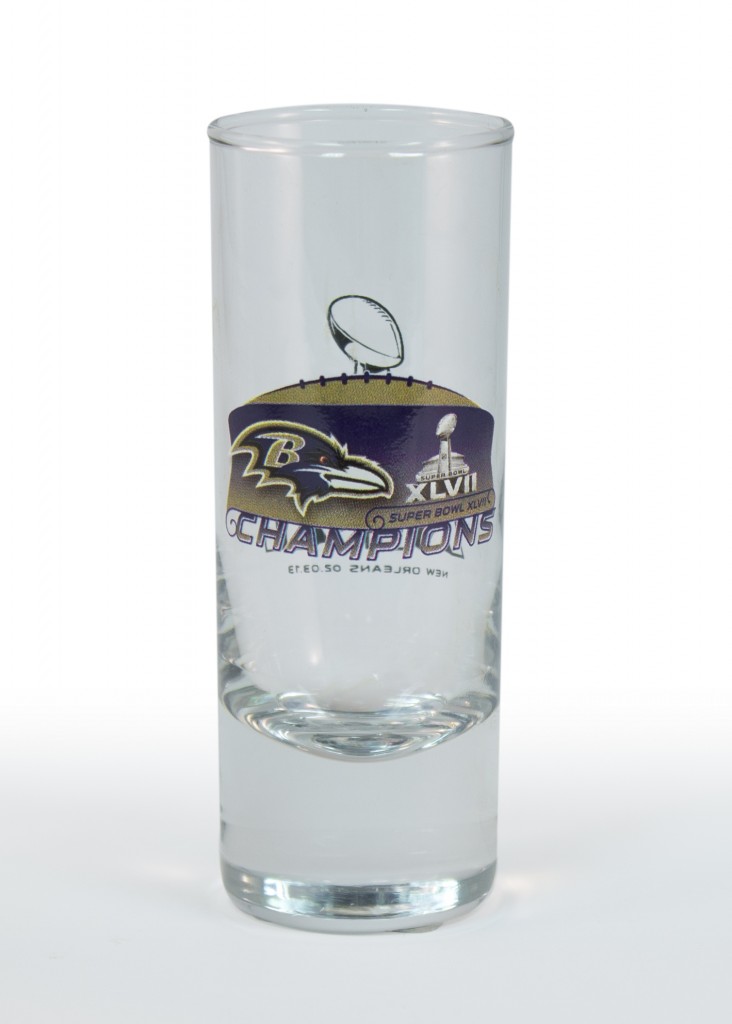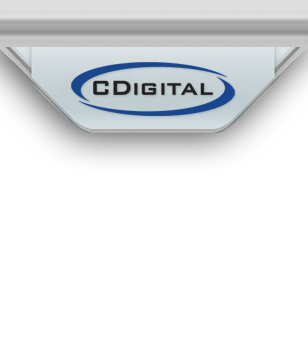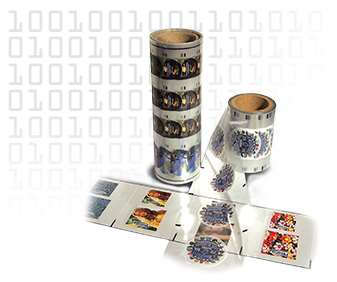
A digital heat transfer is just that – digital. Printed at 1200 dpi and 266 lines per inch, these transfers are multi-color and photo quality.
Product decorators, manufacturers, and ad specialty companies are constantly trying to improve both their product and their bottom line. One way to accomplish this is to make the switch to digital heat transfers – a form of product decoration that uses heat and pressure to apply a pre-printed graphic to a part or product.
For years, screen printing and pad printing ruled the product decoration industry. However, with new technologies come new benefits. Digital heat transfers come with a host of benefits standard labeling procedures simply can’t provide.
The Benefits of Digital Heat Transfers
Affordable Long and Short Run Decorating
Being digital, both long and short runs are not only possible, but affordable.
“There are none of the traditional set-up requirements or costs,” explains Matt Regan, CDigital senior vice president.
The artwork is printed onto the underside of a polyester film using a five-color dry toner, while the underside is coated with an adhesive formulated to adhere a specific substrate: plastic, metal, ceramics, etc. The digital heat transfer is then applied to the product using heat and pressure – no messy inks to deal with. It’s a completely dry process.
“Screens, blankets, dies and print stations for each color aren’t needed, so turn times are measured in days (often one), rather than weeks,” adds Regan.
With other decorating technologies, inks need to dry, solvents must be flamed off, or other curing processes need to take place, costing you time and money.
A Full Color Printing Process
A digital heat transfer is just that – digital. Printed at 1200 dpi and 266 lines per inch, these transfers are multi-color and photo quality, capable of hitting over 10,000,000 colors with fluid gradients.
“Being digital, an almost endless array of process colors can be built using the cmyk+w spectrum,” says Regan.
CMYK is simply an acronym used to describe the four-color printing process involving Cyan, Magenta, Yellow, and black, which is the Keyline color. Every color in the visible spectrum is created using these four colors, which are printed in layers of dots that create the illusion of many more colors.
Variable Data
Variable data is includes numbers, barcodes, QR codes, text, etc. that changes from one image to the next. With traditional printing methods, the inclusion of such data is almost impossible, and expensive. Because digital heat transfers are printed digitally, this gives you the capacity to make every single image in a print run different.
“Any product being decorated with a digital transfer can have variable data included in each image in a run – barcodes, photos, text or numbers – making the ultimate short run of one possible and economical,” says Regan.
As one of the most popular methods for decorating plastics — and the only digital solution for decorating glass — digital heat transfers consistently outperform in-mold labeling, pressure sensitive labeling, pad printing, and silk screening.
Make the Switch to Digital Heat Trasnfers
Since 2001, CDigital has been an innovator in developing new systems and processes for using digital print technology to produce full color digital heat transfers for the product decoration industry. Particularly useful in applying custom labels to tapered, cylindrical, or unconventionally shaped products made of plastic, metal, or glass, our digital heat transfer process allows for quick production runs of orders large and small.
Request a Quote
If you have any questions, please contact CDigital by calling 410-646-7800. For customers new to using heat transfers, Cdigital is happy to connect you with heat transfer equipment manufacturers whose machines will work best with our patented film.
Tags: digital heat transfer

